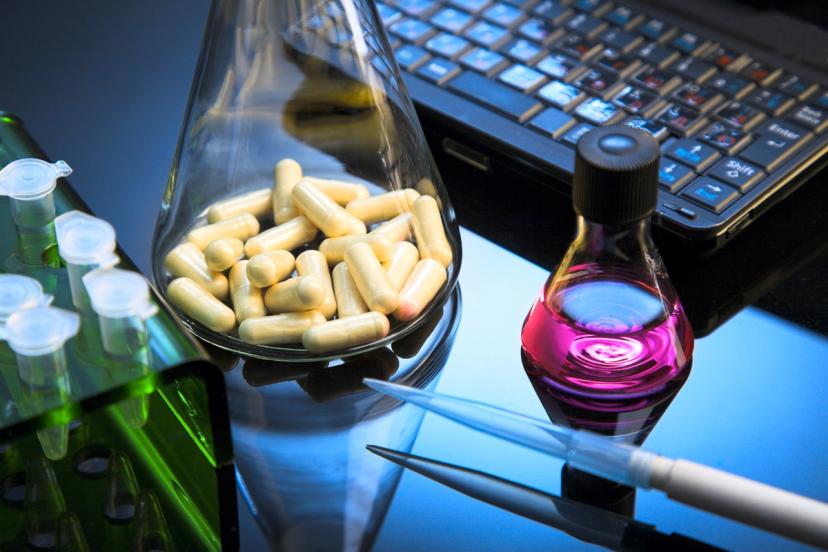Webinar Highlights, Part Three: Technology Accelerating Biopharma: Complete Workflow Solutions in Biopharmaceutical Discovery and Development
Read highlights from the third session in this exciting webinar series
5 Jan 2016

Read highlights from the third session in this exciting webinar series
Protein biopharmaceuticals are being developed at an explosive rate and have attracted great interest from both smaller biotech firms and big pharma. But discovery and development of biopharmaceuticals is difficult. There are many challenges, and scientists must not only stay abreast of advances in knowledge and improvements in technology, but also navigate the maze of shifting government regulations. Making good decisions fast is critical.
In this two-day webinar events series, industry experts from Agilent Technologies discussed native protein characterization, LC/MS workflows and much more. In the third session, Dr Randy Bolger presented “Automated Sample Prep for Biopharmaceutical Analysis”. Read on for the highlights of the Q&A session, and if you missed them, watch parts one, two, three and four on-demand.
Q: Is the AssayMAP platform an online system, or is it stand-alone?
A: It is a stand-alone instrument, using a laptop running the VWorks control software, which also runs every other aspect of Agilent’s automation portfolio, and the AssayMAP software, which has a very simple user interface. However, it can also be incorporated into larger and more complex platforms.
Q: Is this system temperature controlled?
A: The entire system is not, as it sits on a benchtop, but in one of the many configurations possible with the AssayMAP platform, one of the beds sits on top of a Peltier device which allows for precise heating and cooling. Depending on the application, for example glycan analysis, this heated station can be used to deglycosylate the protein.
Q: How does AssayMAP compare to PhyNexus tips?
A: PhyNexus tips work by batch absorption, and has similar separation to what you might expect from a filter plate or a centrifuge, so is not chromatographic. You have the flow of the sample solution as well as the wash and elution solutions across the resin bed, using air displacement, so there will be some level of recovery but it will not be comparable to the AssayMAP system. Here, with a single path you can achieve the binding and the residence time you need to minimize your elution volume, leading to higher sample recovery.
Q: Do the cartridges come in different sizes?
A: Currently, they only come in a 5 μl bed. Capacity can be a problem but that depends on the sample chemistry and the kinds of separation you’re trying to accomplish. The most common scenario is IgG or monoclonal binding to protein A – here, you can achieve up to 150 μg binding on one cartridge. If you needed to purify a larger sample, you could need to reproduce that cycle, which could take around 30 mins. However, there are plans in the future for a range of sizes.
Q: Is the digestion protocol opened to user-defined methods and reagents?
A: Definitely – that was the main driver for when this platform was designed, to allow the protein scientist to replicate the same protocol they’re doing manually onto the AssayMAP Bravo without any programming being required. The liquid handler is simply adding the right number of reagents in the right volume, at the right temperature and at the right time. Using a series of pull down menus, to do alkylation or denaturation, for example, you can easily change the parameters you need.
If you missed any session during our two-day webinar event, you can watch all presentations on-demand. You can also read the Q&A highlights from the first and second presentations in the webinar series. Visit our dedicated Biopharmaceuticals Special Feature for the latest news, products and reviews for biopharma research.
